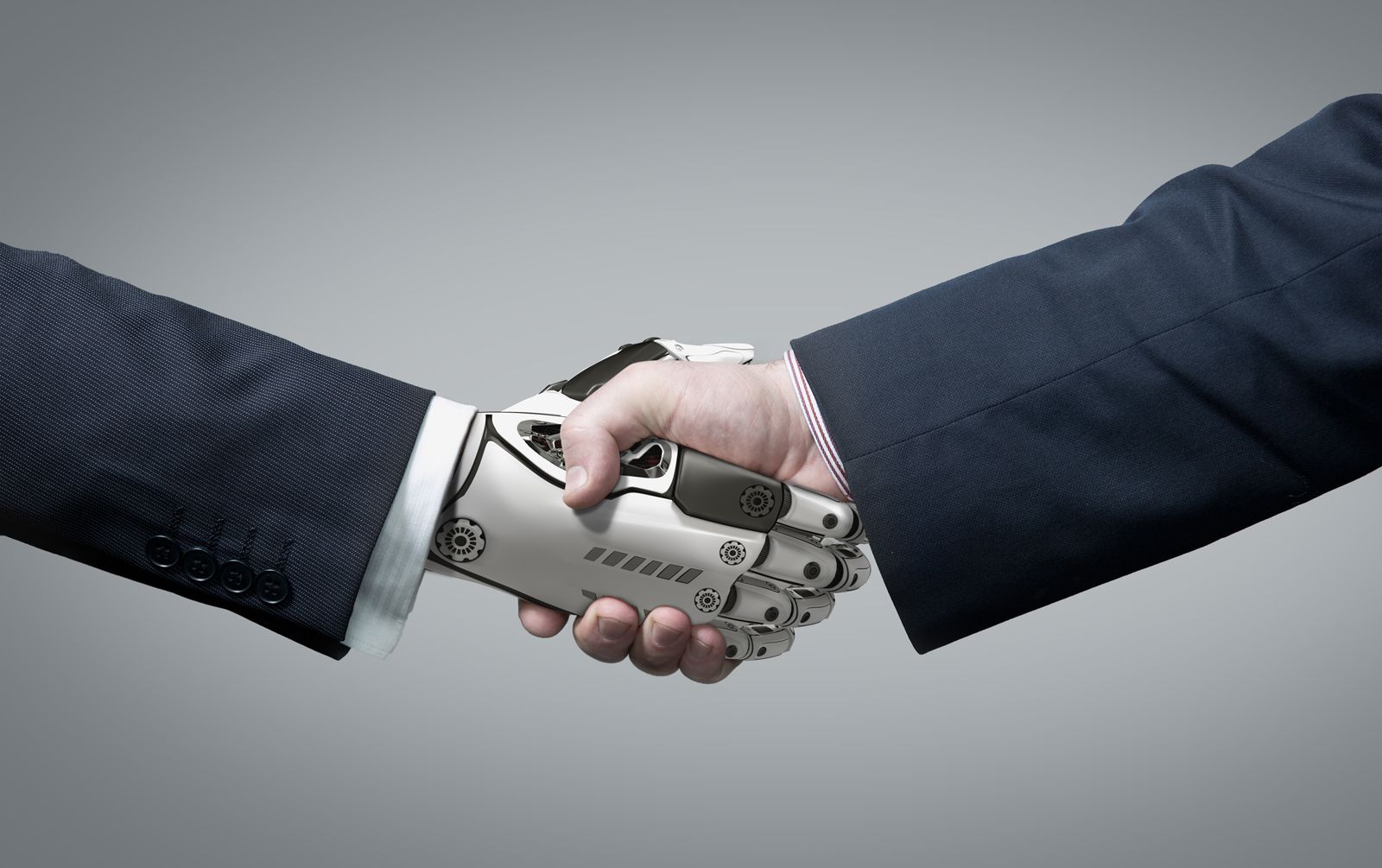This looks very promising.
The human body is designed pretty well: Our muscles are able to switch between strength and dexterity, limbs stiffening when we do an energy-fueled task like lifting a bowling ball and softening when we do something delicate like painting with a brush. This ability is very rarely replicated in engineering systems, namely because it’s expensive, but also because it’s been damn hard to clone.
However, HRL Laboratories — the same Malibu-based researchers who brought you microlattice — has announced they’ve been able to replicate the reactions of human muscle in metal. Their goal is to use this new technology to create cars with smoother rides and, more intriguingly, more human-like robots.
In a paper published in the most recent issue of Science Advances, the researchers claim that their technology, “variable stiffness vibration isolator” can change from stiff to soft by a factor of 100 in milliseconds, independent of how much mechanical force is applied. This technology, they argue, far surpasses any previous mechanisms trying to do the same thing.
